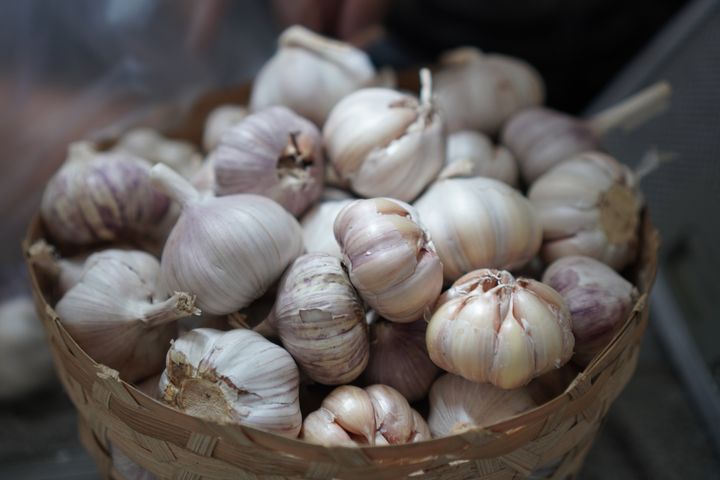
First, came the news that I’m not using the right amount of water for my pasta; then, it turned out that a lot of my attempts at Italian cooking were missing a pretty vital ingredient.
But what about garlic? Surely you can’t go too far wrong with simply lobbing the delicious allium into your favourite Bolognese recipe?
Well, I’m a seasoning libertarian. I’m not going to tell you how much garlic to put in your meals.
But if traditional is what you’re going for, you might want to hold back on the cloves ― according to The Italian Cultural Foundation at Casa Belvedere’s site, it’s often omitted from certain dishes entirely.
What? Why?
“Garlic is not a staple ingredient in northern Italian cuisine; it is more commonly used in southern Italy,” Casa Belvedere says ― think of garlic in sauces a bit like chips with gravy here in the UK.
The divide runs so deep that “some Italian purists despise it,” the site reads.
Part of it has to do with the bulb’s previous reputation as a “peasant” food, used to mask the poorer quality of cheaper meats and veggies ― “A certain “cosmopolitan” prejudice casts the ingredient as a marker of peasant cooking,” La Gazzetta Italiana says.
But regardless of where you are on the Italian map, “if vegetables are fresh and full of flavour, many chefs prefer a simple splash of extra virgin olive oil and good quality salt – with no garlic accents,” Casa Belvedere writes.
So when should I use garlic in Italian cooking?
Marcella Hazan, who the Guardian says “was responsible for bringing authentic Italian cooking to the British and American public,” wrote that “the unbalanced use of garlic is the single greatest cause of failure in would-be Italian cooking.”
But “unbalanced” does not mean “present in any form.” Casa Belvedere writes that raw garlic should be used sparingly, but has its place in foods like pesto, cured meats, and Bruschetta; sliced and crushed cloves, meanwhile, belong in many a sauce.
“And garlic cloves simmered whole in sauces and stews become tame and often sweet,” they add.
Though there’s likely no need to banish the bulb from your favourite Italian sauces, then, there is somewhat of a lesson to be learned here; if you’ve got great produce, let its flavour do that talking first.